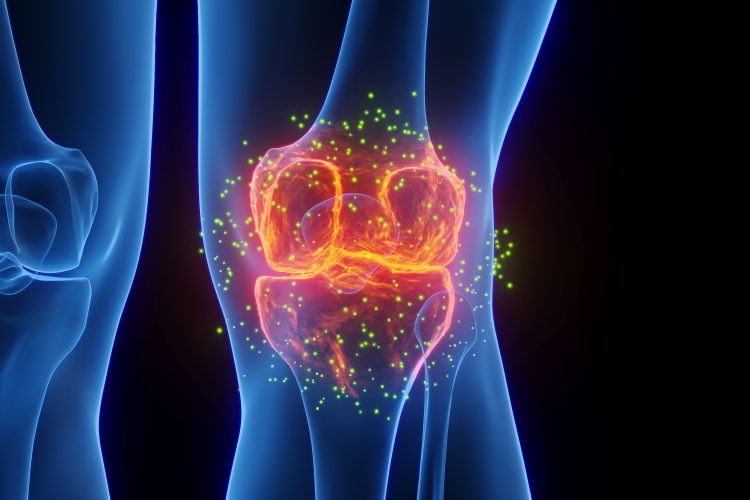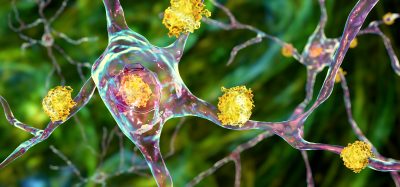Injectable gel targets osteoarthritis pain
Posted: 19 December 2024 | Drug Target Review | No comments yet
Hydrocelin shows promising preclinical results in treating osteoarthritis, offering pain relief and potential joint protection with no observed side effects.


Allegro NV, a biomedical company focused on nanotechnology-based solutions for degenerative joint diseases, has announced promising preclinical results for its injectable shock-absorbing gel, Hydrocelin. The gel, which contains cross-linked microparticles, has shown favourable safety results in two preclinical studies and demonstrates potential as a disease-modifying treatment for osteoarthritis (OA).
Promising preclinical data
The preclinical studies demonstrated Hydrocelin’s excellent safety profile. In the first study, the gel was injected into the knee joints of mice, with a phosphate-buffered saline solution used as a control. The subjects were observed daily for physical and behavioural changes for a period of four weeks. At the end of the study, histological analysis showed no significant negative effects.
In a second study, Allegro assessed the systemic toxicity of Hydrocelin through intraperitoneal injections in a separate group of subjects. The data from this trial revealed no adverse effects across various metrics, including behaviour, gait, knee stiffness, and bodyweight. Importantly, there were no fatalities observed, reinforcing the safety of the injectable gel.
“Effective disease-modifying treatments for osteoarthritis are urgently needed as our population ages, as well as for athletes who are looking for alternative to invasive surgical procedures. These preclinical safety results for hydrocelin are encouraging and we plan to release additional in vivo safety and efficacy data over the coming months as we work to initiate the first clinical trials in humans next year,” said Lucas Decuypere, CEO of Allegro.
Hydrocelin’s potential
Hydrocelin represents a breakthrough in the treatment of osteoarthritis, combining pain relief with long-term joint protection. The injectable gel is made from biodegradable, inert biocomposite material, which self-assembles to form a porous, cell-friendly structure. This composition allows the gel to absorb impact and distribute loads effectively, reducing stress on sensitive joint areas and providing immediate pain relief.
Unlike traditional surgical interventions, Hydrocelin offers a minimally invasive alternative with the potential for disease modification, offering patients a less risky and more accessible treatment option.
For more information, visit www.allegro.bio
Related topics
Clinical Trials, Drug Discovery Processes, Drug Targets, Regenerative Medicine, Therapeutics
Related conditions
Osteoarthritis
Related organisations
Allegro NV
Related people
Lucas Decuypere








